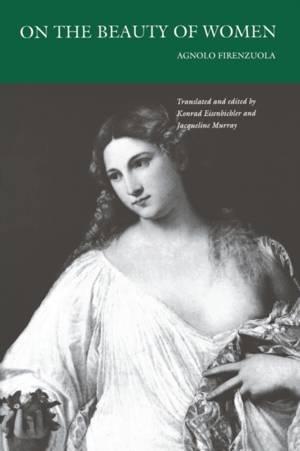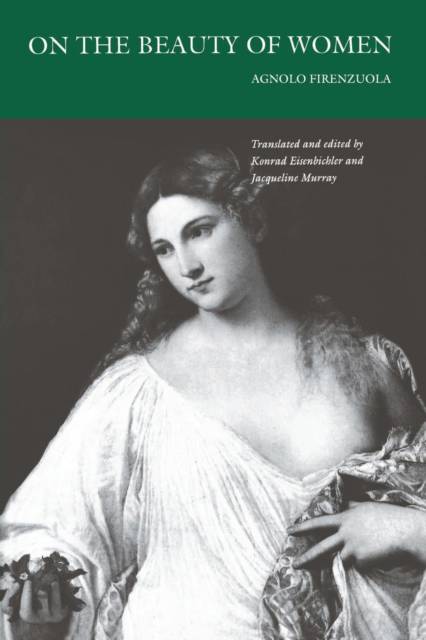
- Afhalen na 1 uur in een winkel met voorraad
- Gratis thuislevering in België vanaf € 30
- Ruim aanbod met 7 miljoen producten
- Afhalen na 1 uur in een winkel met voorraad
- Gratis thuislevering in België vanaf € 30
- Ruim aanbod met 7 miljoen producten
Omschrijving
First published in 1548, On the Beauty of Women purports to record two conversations shared by a young gentleman, Celso, and four ladies of the upper bourgeoisie in the vicinity of Florence. One afternoon Celso and the ladies consider universal beauty. On a subsequent evening, they attempt to fashion a composite picture of perfect beauty by combining the beautiful features of women they know. The standards of beauty established in the garden give way to the artistic, creative imagination of the human spirit, and the group's movement from garden to hall seems to echo the dialogue's movement from Nature to Art, from divinely to humanly created beauty.
Konrad Eisenbichler and Jacqueline Murray have provided the first translation into English of Firenzuola's dialogue since the nineteenth century. In their introduction, they argue that Firenzuola's work presents a useful point of entry into the society and values of the mid-sixteenth century. In its discussion of beauty, the dialogue reveals the intersection of Neoplantonic philosophy and mathematically based artistic theory, both inherited from classical antiquity. Indeed, Firenzuola's treatise has been assessed as one of the most significant expositions of Renaissance aesthetics.
Specificaties
Betrokkenen
- Auteur(s):
- Vertaler(s):
- Uitgeverij:
Inhoud
- Aantal bladzijden:
- 140
- Taal:
- Engels
Eigenschappen
- Productcode (EAN):
- 9780812214048
- Verschijningsdatum:
- 1/10/1992
- Uitvoering:
- Paperback
- Formaat:
- Trade paperback (VS)
- Afmetingen:
- 152 mm x 226 mm
- Gewicht:
- 226 g

Alleen bij Standaard Boekhandel
Beoordelingen
We publiceren alleen reviews die voldoen aan de voorwaarden voor reviews. Bekijk onze voorwaarden voor reviews.











